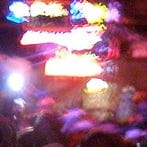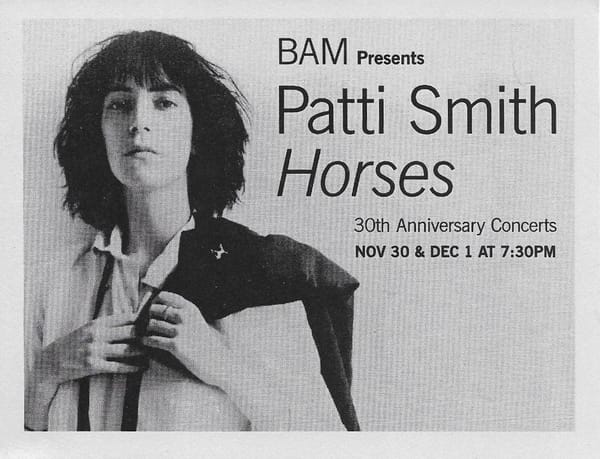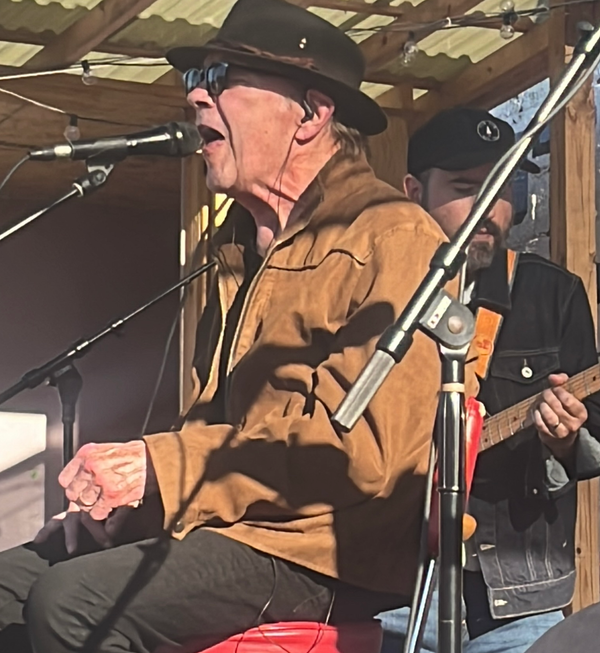David Johansen: Personality Crisis, One Night Only
If I've got to dream / I'm a human being
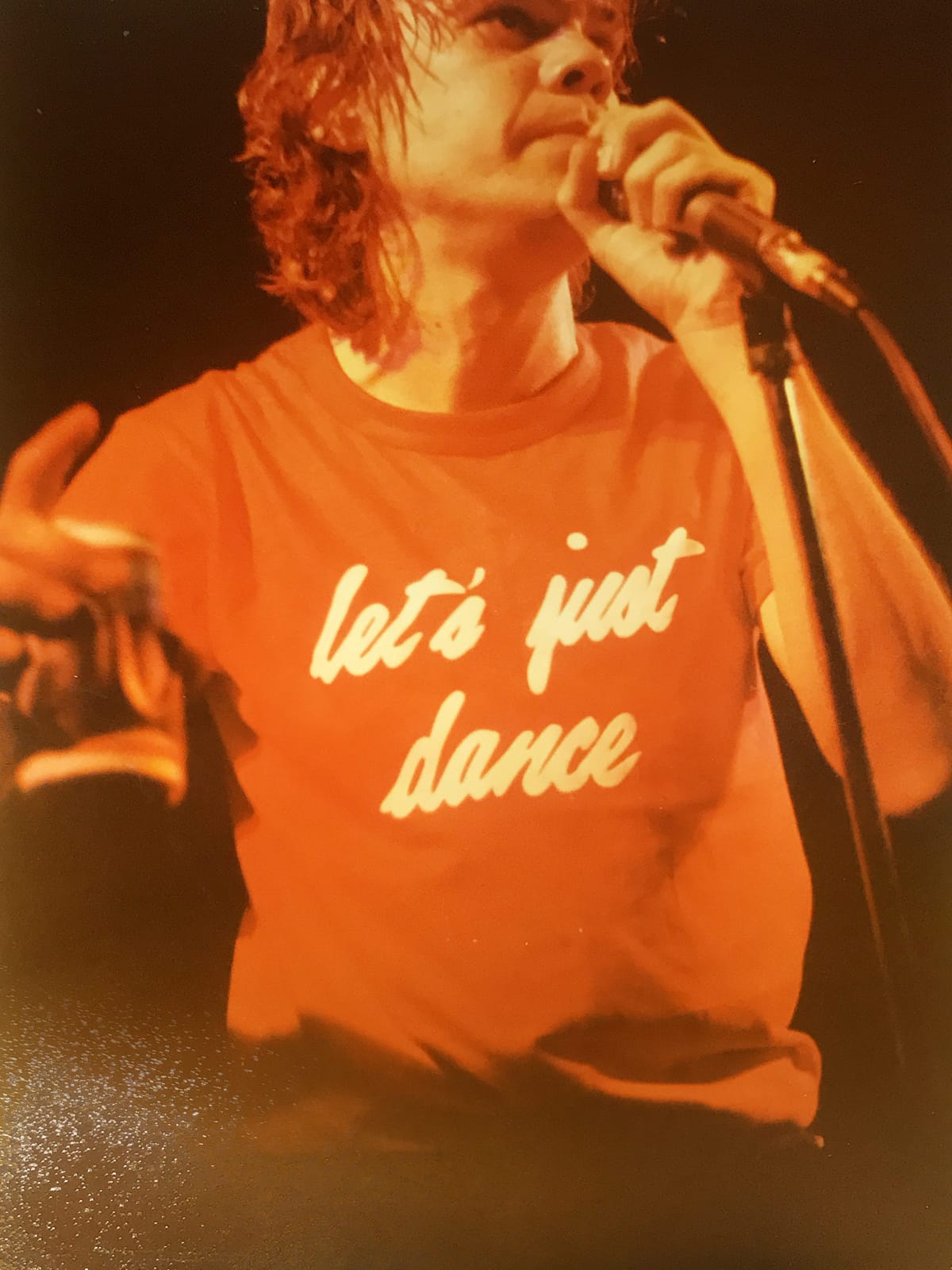
I went off to college in New York City1 in 1981, which meant that I no longer had to perform elaborate rituals involving subterfuge or fruitless petitioning for parental permission in order to go to concerts. That was when I discovered that I could go see David Johansen perform live pretty much whenever I wanted to. Seriously, I could just get on a subway and go see an actual member of the NEW YORK DOLLS. David Jo was -- is -- a phenomenal performer and no it wasn’t the Dolls but I’m sorry I wasn’t old enough to go hang out at the Mercer Arts Center.
David Jo live was everything I love about rock and roll - big personality, compelling frontman, a sense of humor but not corny, rhythm and blues mixed with the big kind of 60’s rock and roll, no boring six minute guitar solos, the exact right historical references. He was never bad. He was never not ON, even if he was playing the Queens College rathskeller on a Tuesday night or some open-air stage out at the Meadowlands Racetrack. I made friends who were also at all the shows, some of whom had seen the Dolls, and others like me who realized that this was something that was available to them pretty much whenever they wanted. We would call each other if we heard about shows happening, would hang out afterwards and see if David was gonna come out and talk to people.
This is how I found out that David Jo hung out at this bar on 15th Street and Irving Place called Tramps. He lived around the corner. It was ostensibly an Irish pub but the owner loved rhythm and blues so he booked blues musicians to play in the back, a miniscule room lined with booths with a small plywood platform along the opposite wall that served as the stage. There was a kitchen and their ads mentioned delicious food but I never ate there and don’t know anyone who did. I think we ordered a pizza once or twice.

The drill was to head to Tramps after a show and see if David or the band would show up and hang out. That didn’t always happen, but there was often live blues, and this is how I got to see people like Big Joe Turner and other ancient bluesmen and women now lost to the crevices of my brain, because I’d show up at Tramps and try to pretend I was there on purpose. The owner and the bartenders were exceedingly kind to us, chased the creeps away, let us sit and listen to music and didn’t ask us to pay the cover as long as we sat up at the bar in front.
One Wednesday in the fall of 1983 when I was engaged in that deeply serious weekly ritual of pouring through the club ads at the back of the Village Voice, I noticed that the ad for Tramps listed one BUSTER POINDEXTER AND HIS BANSHEES OF BLUE. I knew that it was some Johansen nom de guerre because it was the name of his publishing company. I knew it was the name of his publishing company because I am the kind of person who reads every inch of record covers, liner notes, and album labels. (I mean, isn’t that what we do? I was always more surprised to find out that other people didn’t avail themselves of this wealth of information, to be honest.) There may have been some phone calls, but I got my ass down to Tramps and sitting at the front center table were the usual suspects. There were maybe a dozen people in the audience, friends of the musicians, neighborhood regulars, and that was about it. I took a seat at the front table and waited for the festivities to commence. We had no idea that this was going to become what it would become. (To be fair, neither did David.)
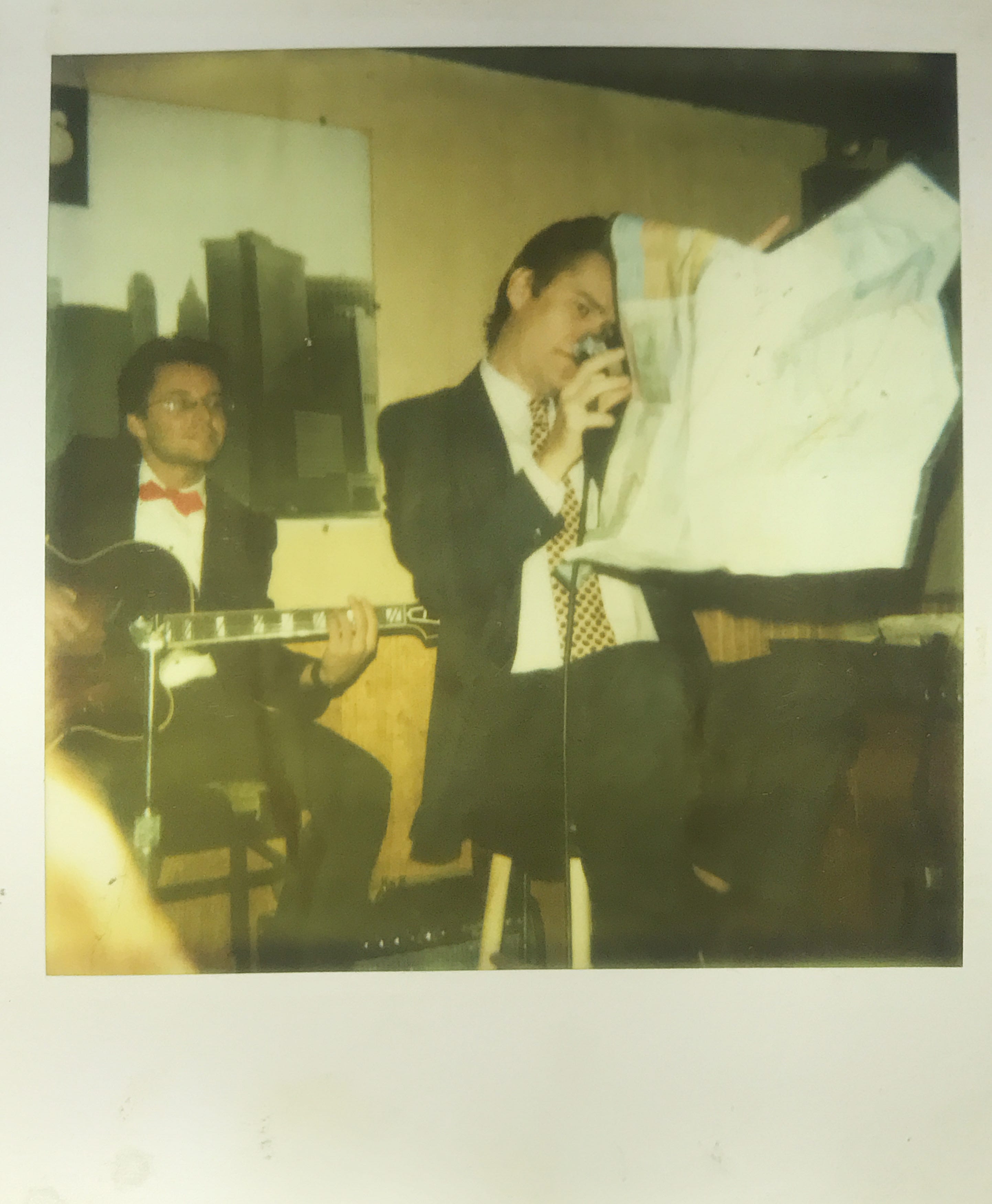
I will tell you that it was fun and it was hilarious and it was also musically impeccable. But it was also a graduate symposium on music history. I still had a memory then, so I would remember the songs he played and go find the records. It made me seriously investigate Bessie Smith, it was my introduction to Wynonie Harris, and then there were the songs I already knew, like “Rocket 88,” or the music I knew but not in depth, like the Coasters. , and the other original artists behind the songs in the set. Everyone was in character, everyone wore a tux. Tony Machine, who played in the David Johansen Band (and was a late end Dolls drummer) was behind the kit. Brian Coonin, who would go on to become David’s musical director and majordomo, was on guitar. Tony Garnier, who went on to play with Mr. Robert Dylan (yes, I will run a joke into the ground) was on the stand-up bass most of the time. Joe Deleo sat behind the upright piano. We sat half a foot away from this ensemble every night it was there, sometimes two sets a night. I found torrents of a handful of shows online and it was just as good as I remember it.
Here’s Buster and the Banshees of Blue’s version of the Coasters’ “Shopping For Clothes” which will never cease to delight me. It was recorded on December 7, 1983, and is one of the nights Tony Garnier wasn’t part of the band.
—Sidebar of a hilarious and related but entirely too tangential anecdote2—
Glenn O Brien (RIP) did opening sets. He was doing this performance art bit as an old Catskills comedian named “BS Pulley Jr.” It was genius because he was deadpan and if you didn’t know who he was, you would be incredibly confused by why this dude was here telling these ancient jokes. I had a really loud bubbly laugh in my 20s and he was doing the kind of bits I find hilarious and I would laugh and Glenn would tell me that I should try to get a job doing laugh tracks, that there was good money in it. We’d get roped into being part of the show, like the song where Tony Machine would go out into the audience and play on tables and people’s wine glasses. He asked us to go get some pots and pans from the kitchen which we’d “spontaneously” pull out at the appropriate time so he could hit them on cue. It was delightful until the word got out, the place began to fill up, and management understandably didn’t want eight broke kids who nursed a Jack and Coke for two hours sitting at the front table for two sets a night. Fern was allowed to keep her place but the rest of us had to stand on the sides or go sit at a booth, which was not the same as sitting down front.
Before you ask, I missed the night Keith Richards showed up. It’s not like we knew in advance, everyone there was surprised by it. I was dressed up and ready to go and decided to stay home and… canoodle with my boyfriend at the time. At least it was a good reason. I was living in the Fordham dorms in the Bronx so even if someone had called me (and I have a vague memory of that happening, so it probably did) it would have taken me like an hour and a half to get there, minimum.
It was never really the same after that, Tramps was crowded and full of people who talked through the whole thing and didn’t actually get what was going on. Hahaha isn’t this quaint. When is he going to sing Personality Crisis. The show got bigger and moved to the Bottom Line and then “Hot Hot Hot” happened. There was a lot of other music to go see, and god knows none of us begrudged DJ the chance to make some dough. It was one of those rare moments in my life when I was exactly on time for something.
So I was very interested in the new documentary, Personality Crisis: One Night Only, now screening on Showtime. It’s based around a 2020 engagement at the Cafe Carlyle, interspersed with historical footage and contemporary interviews. This film is exponentially more delightful than I could have possibly anticipated. I know, I know, Scorsese. But he doesn’t always get it 100% right when it comes to rock and roll because he is not a fan of the details (Hello, anyone else remember Vinyl?), he is a fan of the feeling, which isn’t insignificant, but can be annoying to someone like me who cares very deeply about all of it.
Here, however, I don’t have any of these qualms. This is thanks to the role of someone who understands the details and why they are important: Johansen’s step-daughter Leah, who conducted and filmed the interviews. She does not ask him the same stupid questions for the millionth time, because she knows they are stupid and over-asked. Instead, we get to see other dumb people ask dumb questions in historical footage, when it’s needed. She cares about getting the story right and correct because he’s married to her mom and she has been going to see David play since she was very young (this is a thing I know because of Instagram, I am not a stalker). And because it is someone he knows and has obvious great affection for (again, Instagram, and also you can tangibly feel the love in their relationship in the footage), his guard is down a little and he will allow himself to be interrogated about his process and his feelings and his memories. I hope there is a DVD release with more interview footage, because what Leah Hennessy captured is invaluable oral history from the last remaining New York Doll.
The conceit of the Cafe Carlyle residency, which was in January 2020, was “Buster sings David Johansen.” Which I appreciate because I have always preached that David Johansen wrote some goddamn great songs after the Dolls. He shoulda been a contender, he should have been more famous than he was, and famous for his material, not for the freaking Animals Medley -- and, again, no one in their right mind is going to begrudge this man from making a living -- but this documentary makes the case for Johansen as a songwriter as well as an interpreter, a historian, and one of rock and roll’s best raconteurs. He is, and has always been, an underrated and singular talent. He is also absolutely hilarious in that old-school NYC kind of way, sardonic, always able to see the dark side and the light side, with the soul of a carnival barker and the command of a late-night AM radio evangelical preacher. His band is impeccable, the vibe is awesome, and the stripped-down, perfectly executed arrangements showcase the strength of both the material and the performance. It kills me that songs like “Melody,” a lovingly beautiful Motown pastiche or “Frenchette,” which is an underrated New York City epic, didn’t ever get the attention and the spotlight they rightly deserve. Here, at least, they do.
It goes without saying that the New York Dolls belong in the Rock and Roll Hall of Fame, and it is an utter travesty that they were not one of the first bands of their era to be inducted. This documentary helps advance their case, I believe, or at least should make some members of the nominating committee deeply ashamed of their bullshit. But more importantly, if you, a normal music-loving individual, have heard the name flying around and haven’t looked into them beyond the hits, this film will explain to you why they are good, why they matter, why you should listen to them, and make it clear how many musicians copped their shtick and owe them a debt of gratitude. And maybe it will make you go investigate Johansen’s three solo albums or his Live At The Bottom Line from 1978, when he was going to be the next Mick Jagger. Which he never was. He was always the first, last, and forever David Johansen from Staten Island.
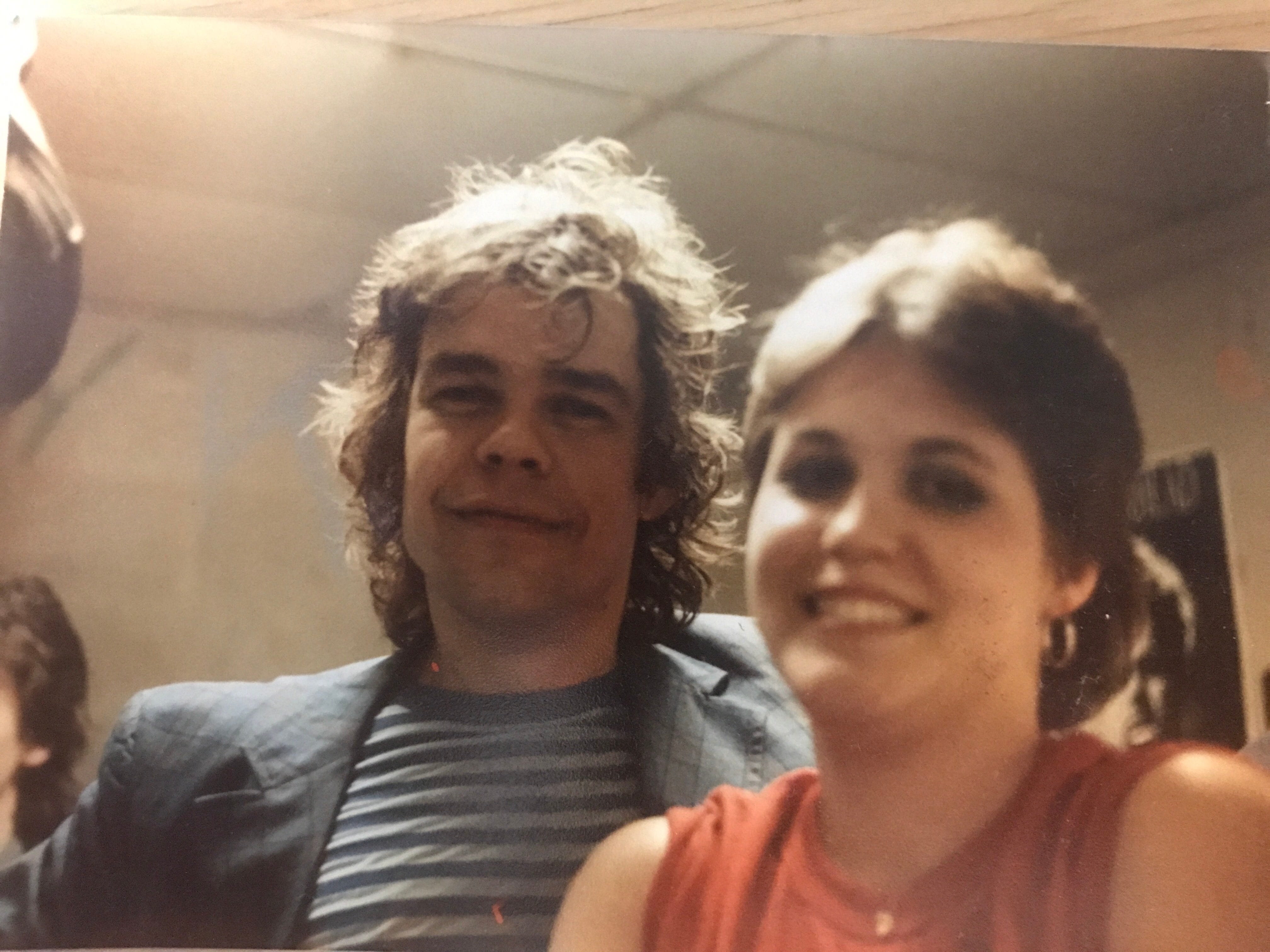
I was asked to contribute an essay to volume 2 of The White Label Promo Preservation Society, a book of essays by musicians, writers, and other artists about albums they love from the '60s and '70s, with the only stipulation that the album didn't make Billboard's top 100. My immediate response was that I wanted to write about David Jo’s first solo album. It is probably my number one unsung album, the record that is so good it is criminal it is not more famous. The book should be out towards the end of this year and I will advise in this location when it is available; info about Volume 1 is here.
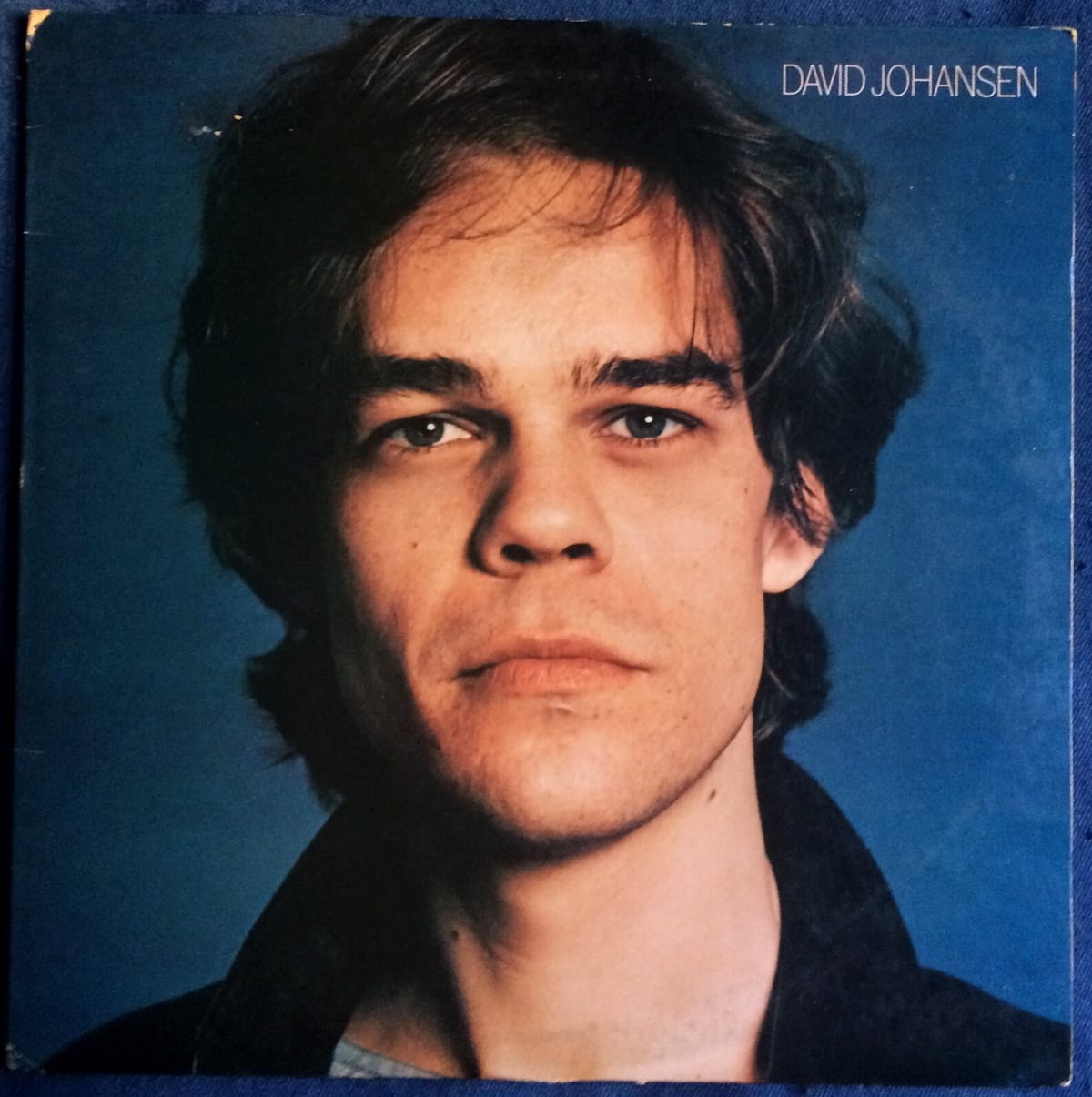
Fordham University, represent! hi Regina! ↩
I can never talk about Buster at Tramps without relating the Fat Mike story: Fat Mike was this guy who had black frizzy hair and in my memory always wore a porkpie hat and a leather vest. He was a scalper and a bootlegger and I’m going to assume also sold weed, because that was a common combination in those days. Anyway, Mike and his sidekick decide that they want to record the show, and instead of just quietly bringing their gear and doing their thing, they need to make it into a whole megillah. They asked permission to tape an upcoming show, and given that they were regulars and at the time, who was going to care about a bootleg of a Buster Poindexter show, it was granted. The pair spent the weekend before doing recon, asking questions like, did we know if the bar turned off the hanging lights above each booth or if people just unscrewed the lightbulbs so it wasn’t bright? Was there a mixing board they could patch into? Did we know what closet the sound controls were in? No, Mike, we do not fucking know, stop bothering us.
Cut to the next weekend. Mike and his buddy show up with a fucking REEL TO REEL. They got there at like 4pm so they could get the front center table. They had giant microphones. And then they realize that the closest outlet to that table was behind the drum riser. So they proceed to pull out a neon orange extension cord and route it around the drums and across the ‘stage’ and then they wrapped it around the center column of the table so that if anyone tripped on the cord, it wouldn’t ruin the tape (they were explaining that to us as we were complaining that they were being dumb). Someone saw this neon glowing cord and Mike setting up the microphones and then saw the reel to reel sitting on a chair (Mike explained this away by saying it was actually his friend’s seat, but his friend was going to go stand against the wall so it was perfectly okay for the machine to take up a chair. Honestly I could not make this up if I tried), and that’s when Terry came over and said, “You know, David’s manager really isn’t comfortable with *gestures* all of this.” And instead of saying, “I’m so sorry, no problem, let me pack it all back up,” Mike decided he was going to argue that he had asked for and received permission to tape, which is when the rest of us started yelling at him for being stupid and one of the regulars tried to take the tape recorder off the chair so she could sit down and Mike got upset and that was the end of all of this. We didn’t see him again until Johnny Thunders played Irving Plaza a year or two later. ↩

